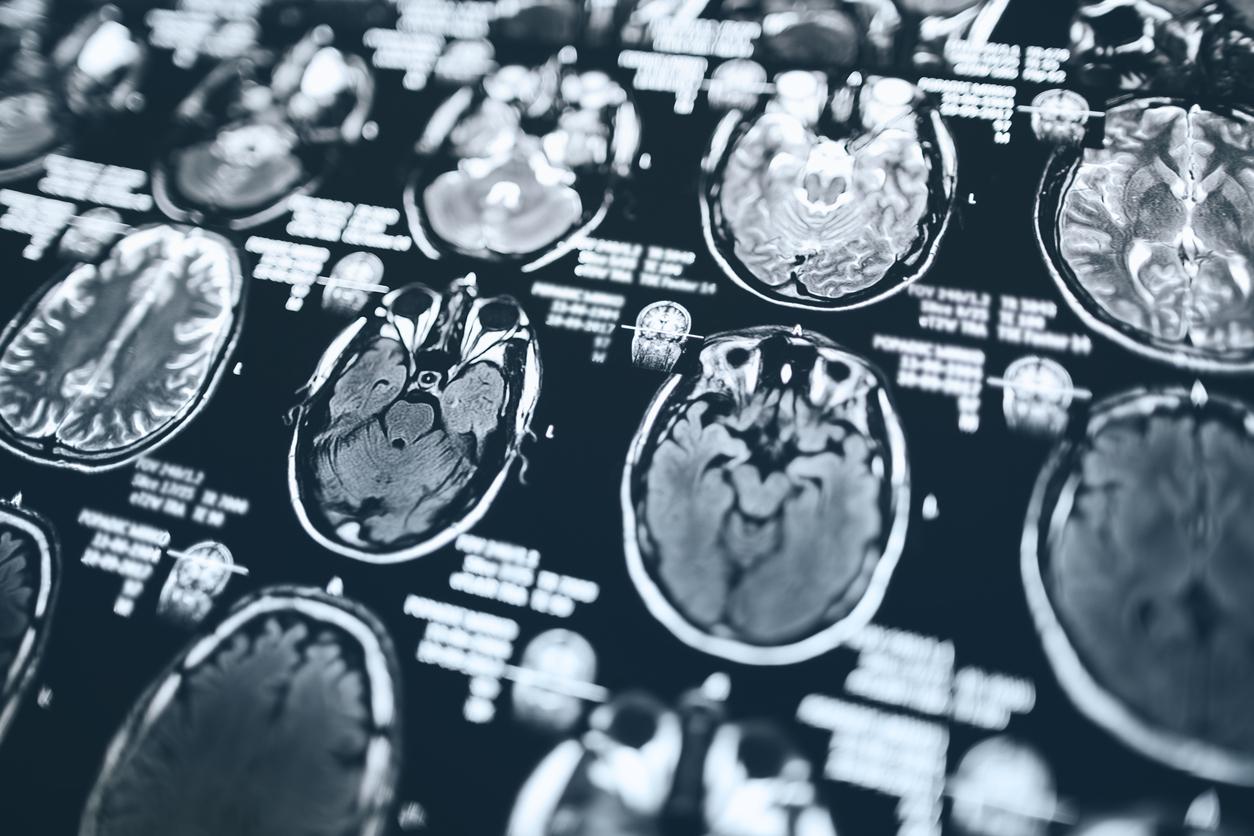High cholesterol is often called the “silent killer” because its symptoms are often invisible until it causes serious damage. However, your eyes can reveal warning signs of high cholesterol.

- Ocular signs such as xanthelasmas and corneal arcus may indicate high cholesterol, a major risk factor for cardiovascular disease.
- Monitoring and recognizing these symptoms allows early steps to be taken to manage cholesterol through diet, exercise, and, if necessary, medication.
- Consult a healthcare professional for regular testing and personalized advice to prevent serious complications.
Your eyes can reflect important clues about your overall health, including high levels of cholesterol. Here are some symptoms to watch for.
Xanthelasmas:
These are yellowish fatty deposits or patches that appear on or around the eyelids. Although they are usually painless, their presence is often an indicator of cholesterol level high. They may form slowly and go unnoticed at first, but once detected, they should be taken as a warning signal to have your cholesterol checked.
Corneal arch (arcus senilis) :
It is a grayish or whitish ring that forms around the cornea, often seen in people over the age of 60. In younger individuals, this ring may be a sign of high cholesterol or triglyceride levels. Corneal arcus is caused by lipid deposition in the cornea and may indicate lipid imbalances in the body.
Blurred vision or sudden visual obstruction:
Blurry vision or sudden visual obstructions can be the result of small blockages of blood vessels in the eye, caused by cholesterol deposits. If you experience this symptom, it is crucial to seek medical attention immediately, as it could indicate an increased risk of stroke or heart attack.
Why do these signs appear?
Cholesterol is a fatty substance that is necessary for the body to function properly, but in excess it can cause deposits in blood vessels, reducing their elasticity and ability to carry blood. When these deposits form in the blood vessels of the eyes, they can become visible as xanthelasmas or corneal arcus. These signs usually indicate that similar deposits are forming elsewhere in the body, increasing the risk of cardiovascular disease.

Why should we take these signs seriously?
It’s essential not to ignore the visible symptoms of high cholesterol in your eyes. Here’s why:
1. Prevention of cardiovascular diseases:
- Eye signs of high cholesterol are often early indicators of more serious problems. By recognizing and treating these signs early, you can take steps to reduce your risk of cardiovascular disease, including heart attack and stroke.
2. Cholesterol control and management:
- If you notice signs such as xanthelasmas or corneal arcus, it is crucial to consult a healthcare professional for cholesterol testing. Steps can be taken to manage your cholesterol levels through dietary changes, exercise, and, if necessary, medication.
3. Regular monitoring:
- Once you have identified a cholesterol problem, regular monitoring is essential to ensure that levels remain under control. Regular health checks, including eye exams, can help detect any changes early.
Eye signs of high cholesterol are important indicators of your cardiovascular health. By closely monitoring your eyes for symptoms such as xanthelasmas and arcus cornea, and taking steps to manage your cholesterol levels, you can prevent serious complications. Don’t ignore these signs and consult a healthcare professional for personalized advice and regular testing.

















